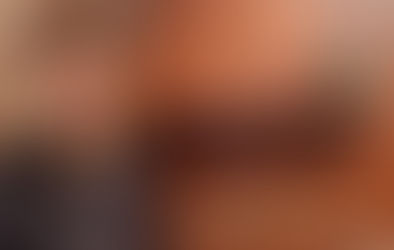About Tokoname clay
- Thor Holvila
- Nov 7, 2017
- 3 min read
Updated: Nov 29, 2024
One of the reasons that Tokoname is famous for bonsai pots is the clay. I have worked with it for a while now and I find it suitable for all kind of techniques as throwing, molding and building. It also dries very fast, without starting to crack, wich means that you can have a big production going without having to have a large storage. A game changer for a pottery. What we actually refer to today as ”Tokoname clay”, when it comes to bonsai pots, is a blend produced by Tokoname Ceramicware Cooperative that comes in different colours and properties, but has clay from Seto as a base. * (see note at end of page) For japanese people, Tokoname clay is synonymous with a red lowfire clay used for the teapots that were manufactured here from the 19th century onward and became very popular since it was beleived that the red clay added to the teas healthy properties. Todays Tokoname clay needs to be strong and fired stoneware at high temperature, therefore the mix with Seto clay. But most of the bonsai potters in Tokoname mix several Tokoname clays to get their own clay. There is also to be noted that there are potters in Tokoname that uses only imported chinese clay (mainly for unglazed pots).

Shuhou adding his secret ingredients to a mix of 3 different Tokoname clays.

The 3 different clays used by Shuhou, same mix has been used for 3 generations.

The unique blend of Shuhou is ready to use.
Today, the only one that can sell Tokoname clay is Tokoname Ceramicware Cooperative. To buy from them it requires that you are a member and a professional ceramist from Tokoname. When I talked with Mr Tanaka, who is in charge of the production, if it was possible to buy he agreed on a small amount. Larger quantitys demands membership. * more info at the end of the page.
I was fortunate to get the chance to visit the factory, thanks to Kataoka San, and was able to document the process of the clay from start to finish. I want to share this with you here.

The red clay from the old rice fields dries in the sun.
3 out of 13 clays produced today at TCC that has been in use for hundreds of years. They are also the most common clays blended by the potter himself.

This clay has been used for over 1000 years here in Tokoname.

The clay is grinded, cleaned and then mixed up with water.

Then its molded into ”cakes” and pressed.


The red Tokoname clay ready for use.

Thanks to Tokoname Ceramicware Cooperative for letting us see and learn about the process and the clays.
Common colours of Tokoname clay used in bonsai pots

Shudei - Cinnabar, Vermilion clay

Migaki - polished Udei clay

Udei - Reddish, black clay

Rihidei - Pear skin clay (speckled with white)

* If you like to buy Tokoname clay I was given a tip about one dealer in Japan, Mr Yoshihiro Nakamizu, who exports. I have been in contact with him through mail, but price and shipping depends on the quantitys you are willing to buy. You also have to know wich (out of 13) clays you are interrested in. His mail is info@j-bonsai.com
* There are 2 factorys making clay in Tokoname. One is making clay for bricks, tiles, toilet and kitchenware. They import porcelain from China. The factory that produce clay for Tokoname ceramics, like bonsai pots, only use Tokoname clay with a base of Seto clay.

























